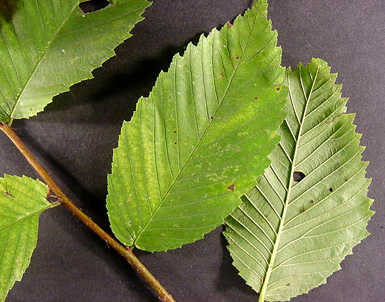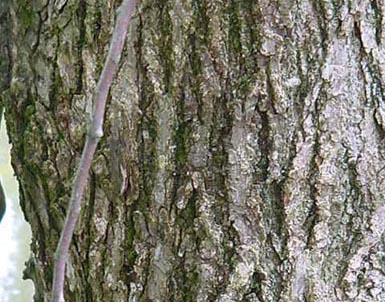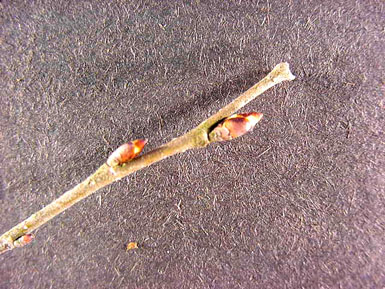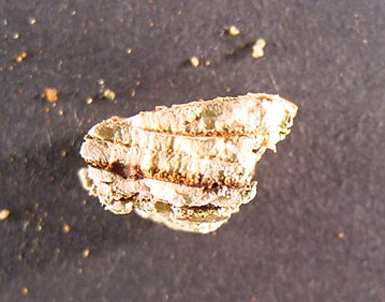Form: Height ranges from 40 ft. to 125 ft. and the diameter ranges from 48 in. to 60 in. This tree usually forks near the root collar and rises to have a small arched branch crown.
Leaves:
Arrangement: alternate
Shape: varies from oblong obovate to elliptical
Margin: doubly serrate
Texture: top is glabrous and occasionally slightly scabrous, bottom is pubescent
Venation: parallel

Bark: On mature trees it is separated into grayish, flat ridges. The outer bark, when pulled from tree, is layered with reddish brown fibrous tissue.

Twigs and buds: The twig is slender, brown, and glabrous with occasional slight pubescence. Lateral buds are oval shaped, coming to a point at the apex, but not sharply. Buds have a light reddish brown color.

Flowers and fruit: Flowers appear before the buds opens and occur in fascicles of 3 and 4. Fruit matures in the spring and is oblong obovate with a ciliate margin.
Distinguishing characteristics: Sectioned bark is layered with reddish brown fibrous tissue in the middle.

Range: American elm is found in Nova Scotia west to eastern Montana, and south to central Texas.
Silvics: It is commonly found on flats and bottom lands and does not appear at elevations above 2,500 ft. It grows best on well drained rich soils. The species is deemed to have soil improving characteristics because of its nutrient rich rapidly decomposing leaf litter.
Ecological and cultural importance: Fruits and saplings are browsed by wildlife, especially deer and rabbits. It was formerly used extensively in landscaping, but has lost it's popularity due to it's susceptibility to Dutch elm disease. This species is the state tree of Massachusetts and North Dakota.